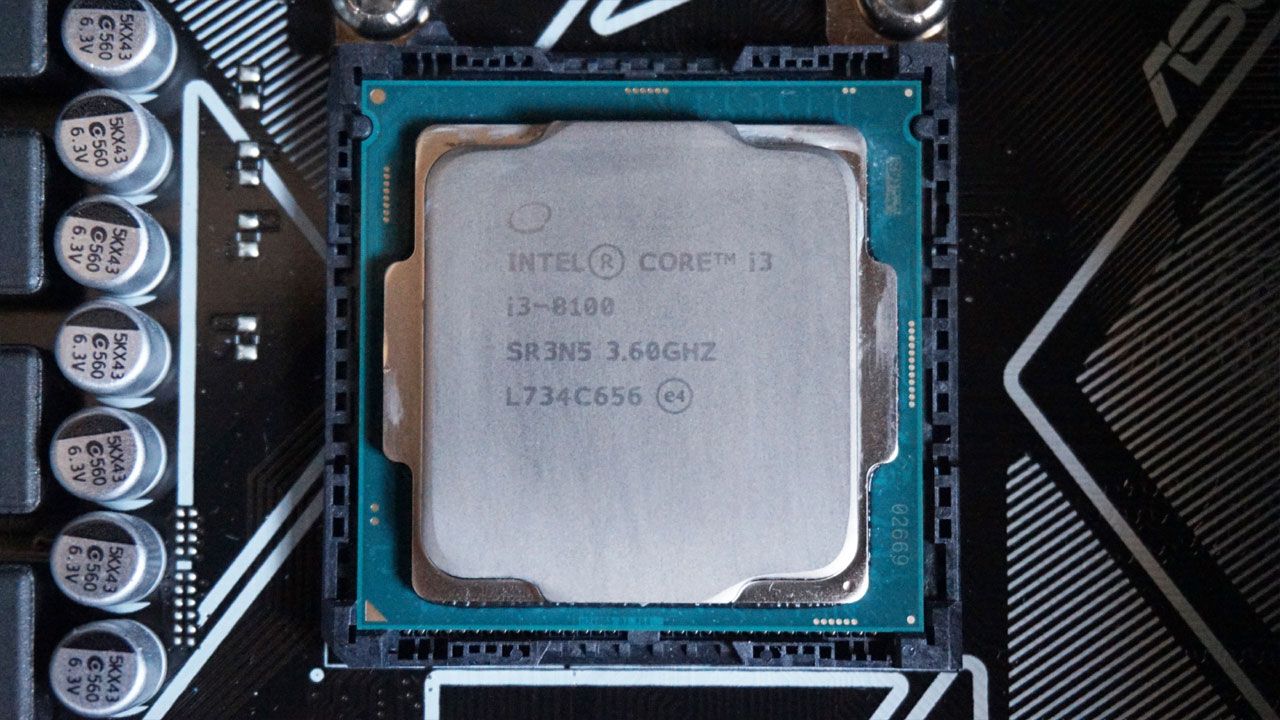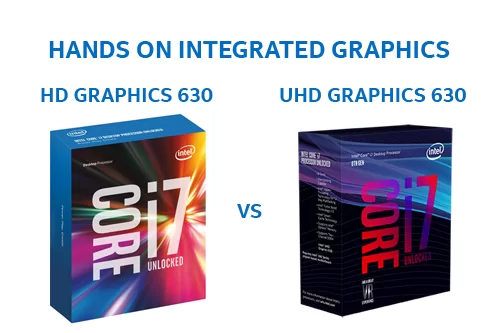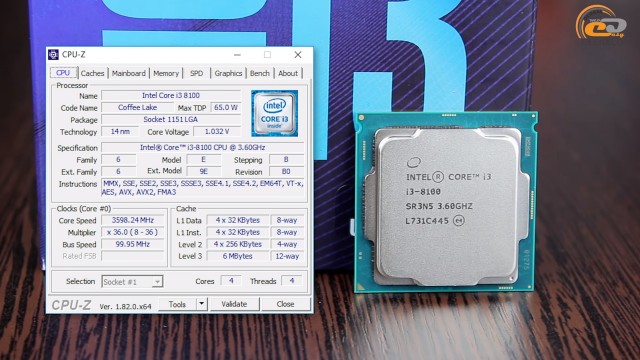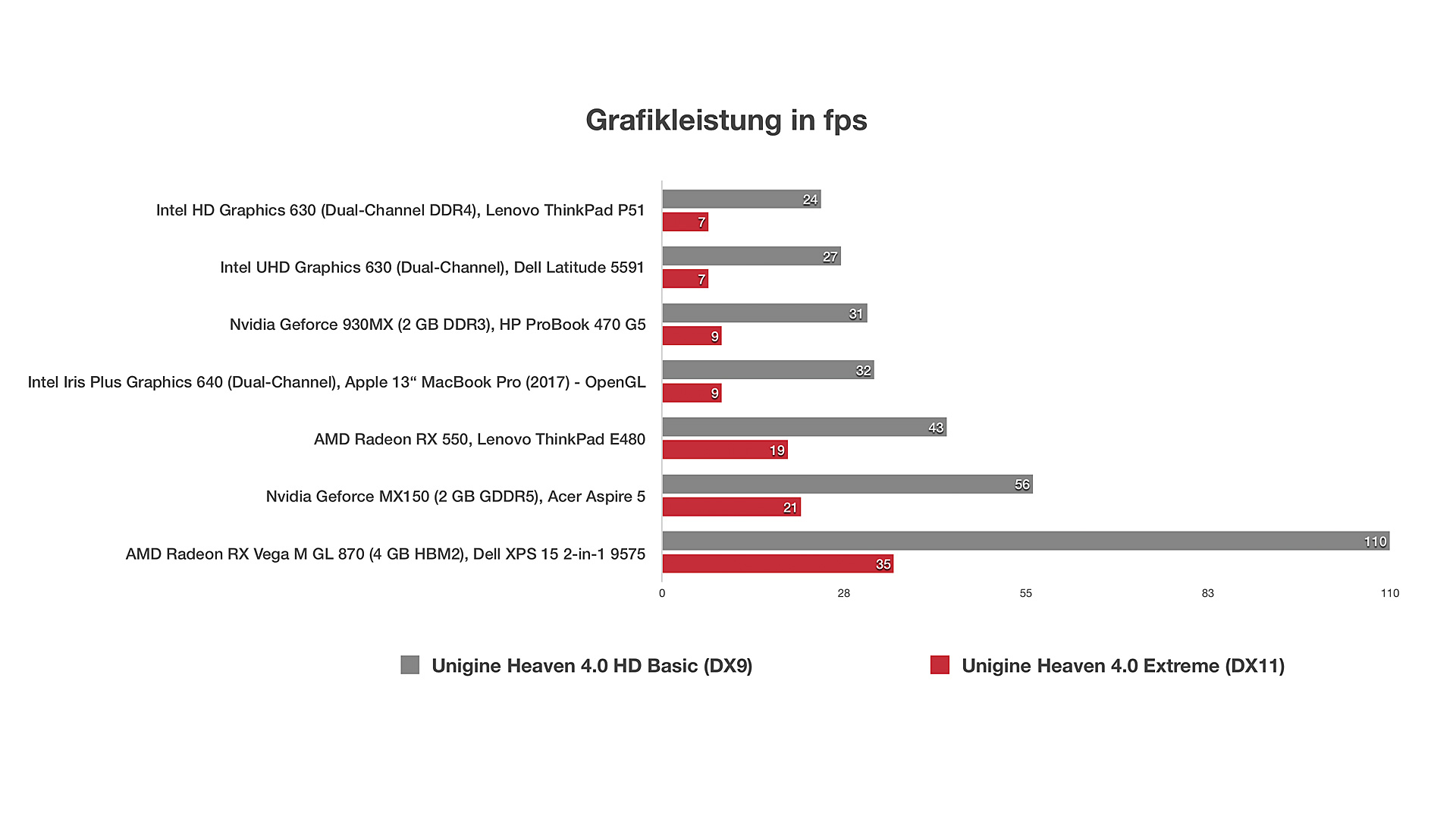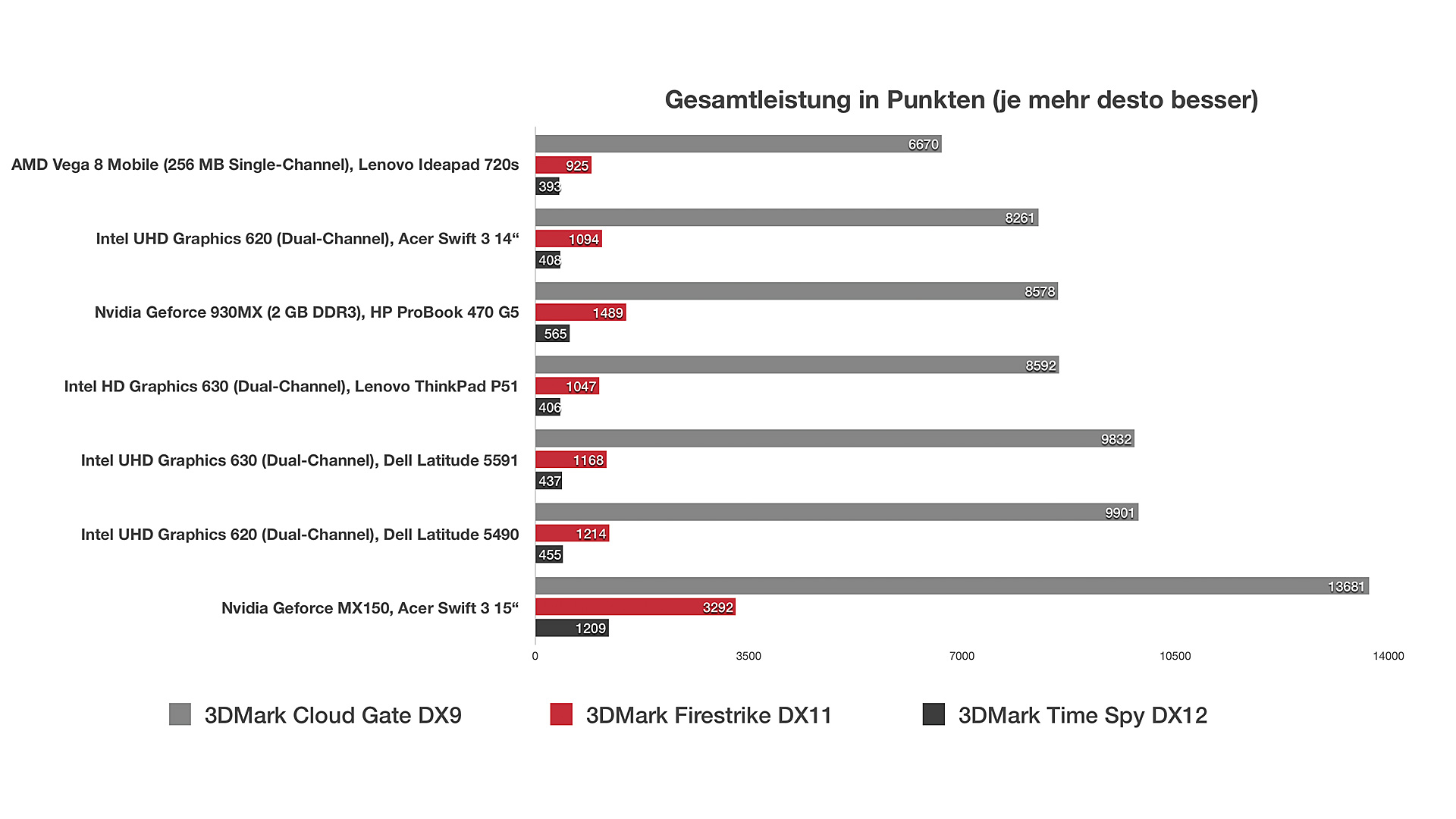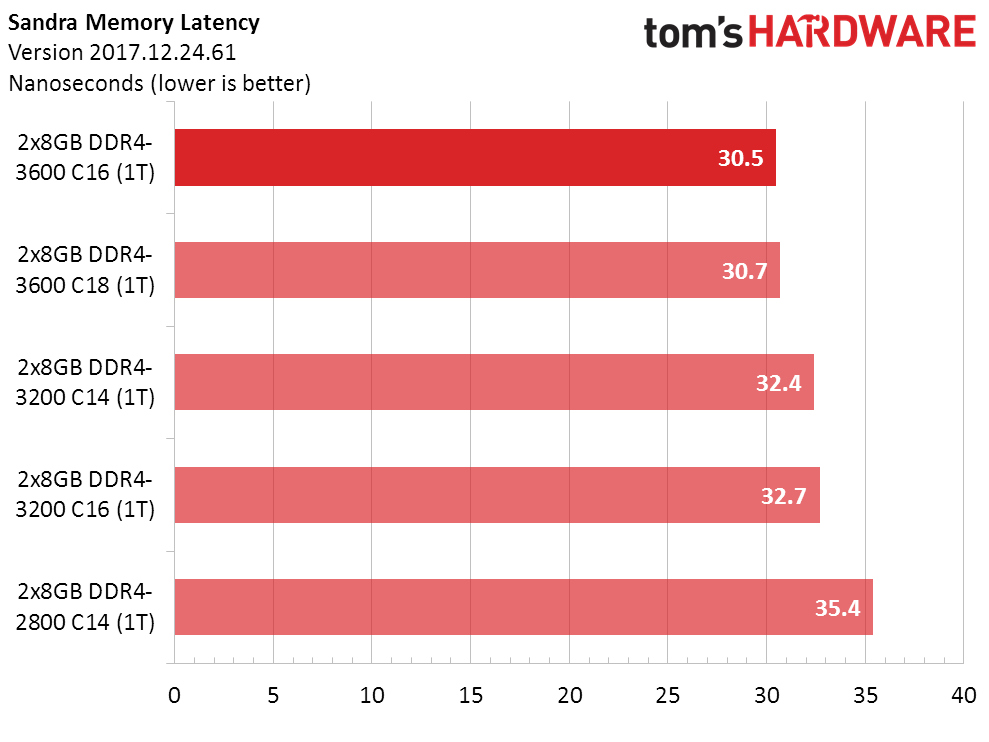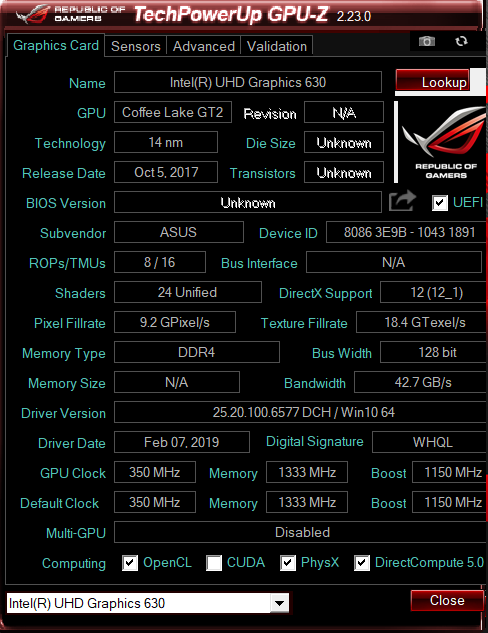Intel Uhd Graphics 630 For Video Editing
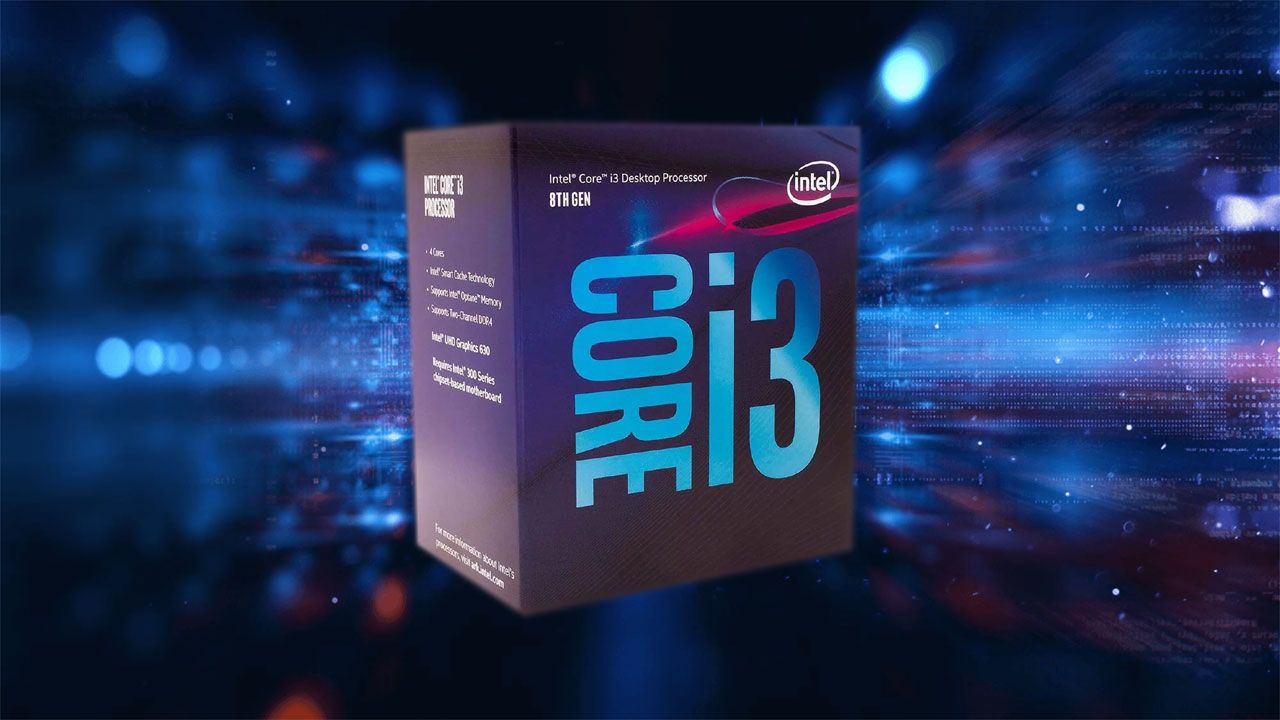
Urgent: Users are reporting significantly varied results when attempting video editing tasks with the Intel UHD Graphics 630. Performance bottlenecks and compatibility issues are widespread, demanding immediate investigation.
The UHD Graphics 630, integrated into many Intel CPUs, is under scrutiny for its capability to handle modern video editing workloads. Early reports suggest limited effectiveness, impacting project timelines and overall user satisfaction.
Who is Affected?
This issue primarily affects users relying on desktops or laptops equipped with 8th and 9th generation Intel Core processors that incorporate the UHD Graphics 630. This includes both casual and professional video editors working with applications like Adobe Premiere Pro, DaVinci Resolve, and Filmora.
What are the Key Issues?
The central problem revolves around the UHD Graphics 630's limited processing power. Users are encountering significant lag, stuttering, and extended rendering times during video editing processes.
Furthermore, compatibility problems with certain codecs and video formats are causing crashes and instability. The integrated GPU frequently struggles with higher resolution footage (4K and above).
Where is this Happening?
These performance limitations are being reported globally, wherever systems with the UHD Graphics 630 are used for video editing. Online forums, social media, and professional communities are filled with complaints.
When did this Start?
While the UHD Graphics 630 has always been considered an entry-level graphics solution, concerns have escalated recently due to the increasing demands of modern video editing software and higher resolution video files.
Many users have expressed that recent software updates have exacerbated the existing limitations, pushing the integrated GPU beyond its capabilities.
How is Performance Impacted?
The UHD Graphics 630 often lacks sufficient VRAM (Video RAM) for smooth playback and editing of complex video projects. This results in dropped frames, choppy previews, and frustrating delays.
Rendering times can be significantly longer compared to systems with dedicated graphics cards. This creates major workflow bottlenecks and delays project completion.
Specific Software Concerns
Adobe Premiere Pro users are reporting issues with timeline playback and real-time effects. DaVinci Resolve users struggle with color grading and rendering 4K footage.
Even simpler editing software like Filmora experiences slowdowns when handling larger projects or applying numerous effects.
Hardware Considerations
The UHD Graphics 630 shares system memory, which can further limit its performance. Insufficient RAM can compound the problems and lead to system instability.
Upgrading to a dedicated graphics card is often the only solution to achieve acceptable video editing performance. Nvidia's GeForce and AMD's Radeon cards are frequently recommended as alternatives.
Next Steps
Users are urged to investigate dedicated graphics card options for improved video editing performance. Monitoring system resource usage during editing sessions can help identify bottlenecks.
Consider optimizing video editing software settings to reduce the load on the UHD Graphics 630. This includes lowering playback resolution and disabling unnecessary effects.
We are actively monitoring developments and will provide updates as new information becomes available. Intel has yet to release an official statement addressing the reported concerns.

